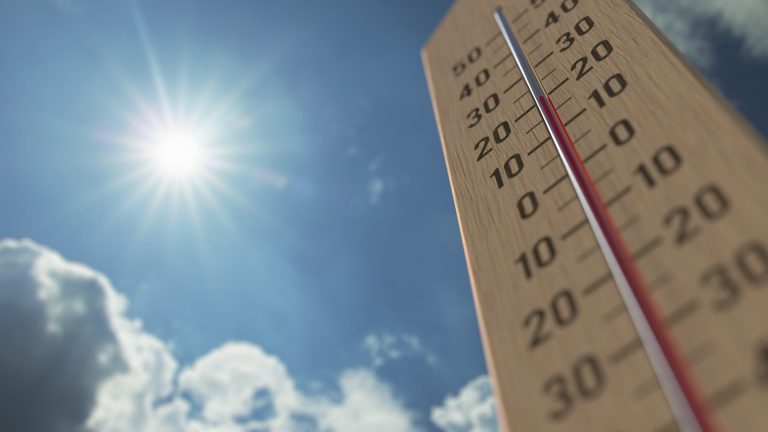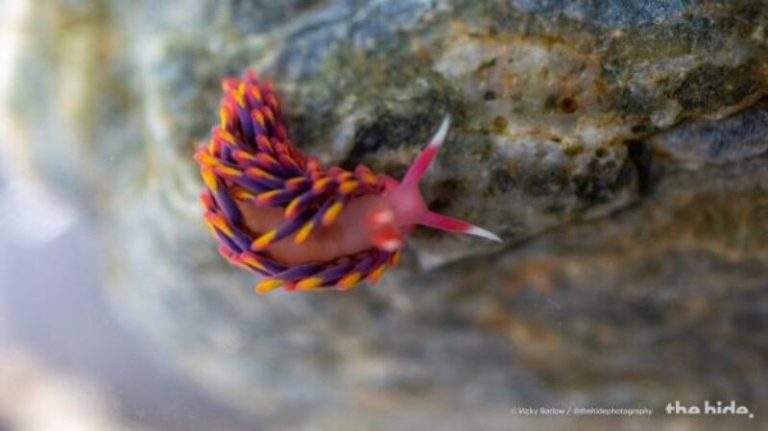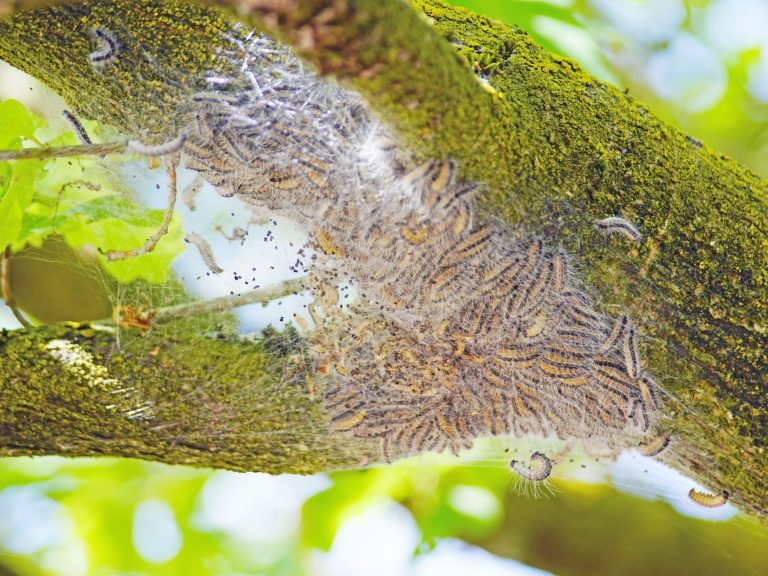Professor from the Nicolaus Copernicus University: The Oder and Vistula to Upper Silesia are clean. Above, they turn into sewage

Greenpeace reports that heavy industry continues to pollute the Odra River, and a repeat of last year’s ecological disaster is only a matter of time. He adds that Wisła has a similar problem. Polsat News asked experts about the matter.
The Regional Directorate for Water Management asked the state-owned Tauron about the particularly high salinity of the Vistula. Only this company carries out mining in the area covered by the Lesser Poland Regional Directorate for Environmental Protection.
RDOŚ writes to Tauron Wydobycie. He asks about Wisła
– We have sent a letter to Tauron Wydobycie asking them to monitor the waters because they discharge mine water from coal mining into the tributaries of the Vistula and hence the salinity of these rivers is very high – Ada Słodkowska-Łabuzek from RDOŚ in Krakow confirmed to journalists.
As Mariusz Czop from the Faculty of Geology, Geophysics and Environmental Protection of the AGH University of Science and Technology admitted, the current salinity of the Vistula has reached a level that is dangerous for animals living in this river. He stressed that a repeat of the disaster on the Oder River is possible.
Greenpeace Polska warns about Polish rivers
Greenpeace Polska also spoke about the serious situation. – Salinity is still very high in the Oder. The same in Wisła. Moreover, the situation of the latter is much worse than that of the Oder – emphasized Marta Gregorczyk.
Professor Leszek Pazderski from the Nicolaus Copernicus University in Toruń summed up the whole situation in simple words. – When they flow into Upper Silesia, the Odra and Vistula are first-class rivers in terms of salinity. These are actually pure mountain rivers. Below Upper Silesia, they turn, to put it bluntly, into sewage, he said.
Germany about the ecological disaster in the Oder
At the end of September last year, the German Ministry of the Environment published a report on the causes of the Oder disaster. The conclusions were consistent with Polish findings. “The most likely cause of fish deaths in the Oder is a sudden increase in salinity, which, together with other factors, led to a massive increase in algae from brackish water that is toxic to fish,” German experts said at the time.
At the same time, the authors of the analysis explained that “due to the lack of available information, they had to leave open the question of what caused the unnaturally high salinity.”
In October 2022, the German daily TAZ reported that increased salinity levels were again detected in the Oder waters. This information was confirmed by the Ministry of the Environment in Potsdam. Let us recall that in August, high salt content and low water levels resulted in the development of toxic algae, which were said to be the direct cause of mass fish deaths.





